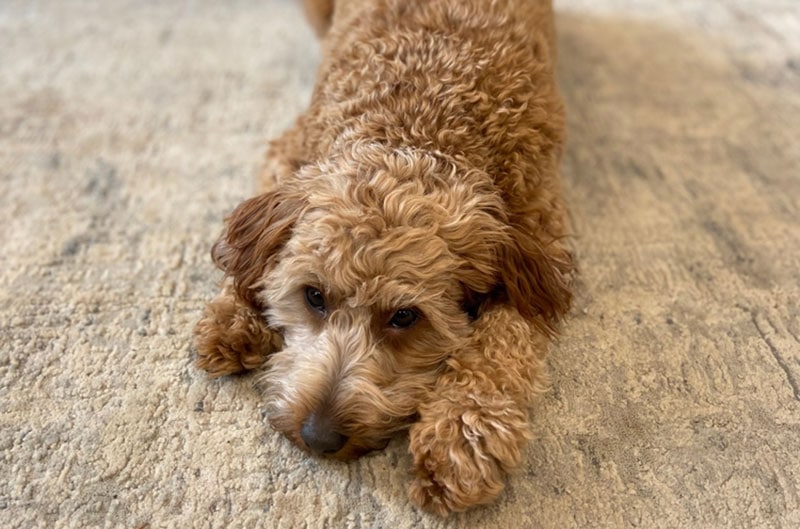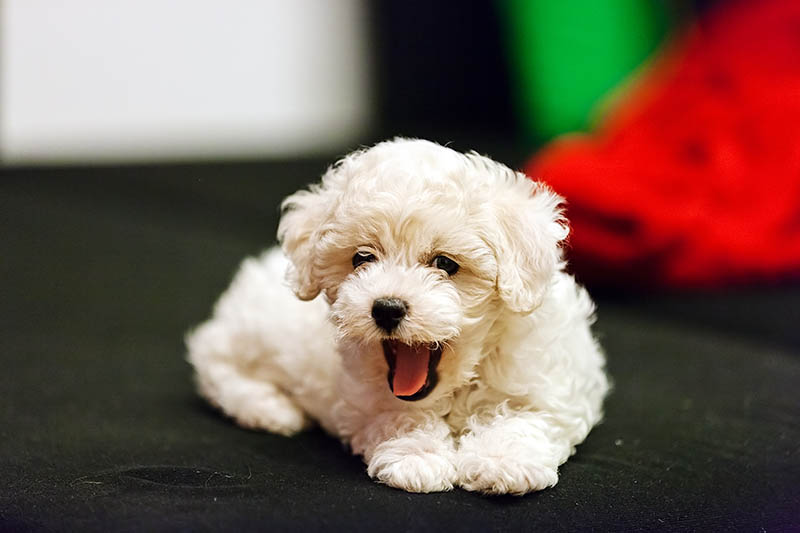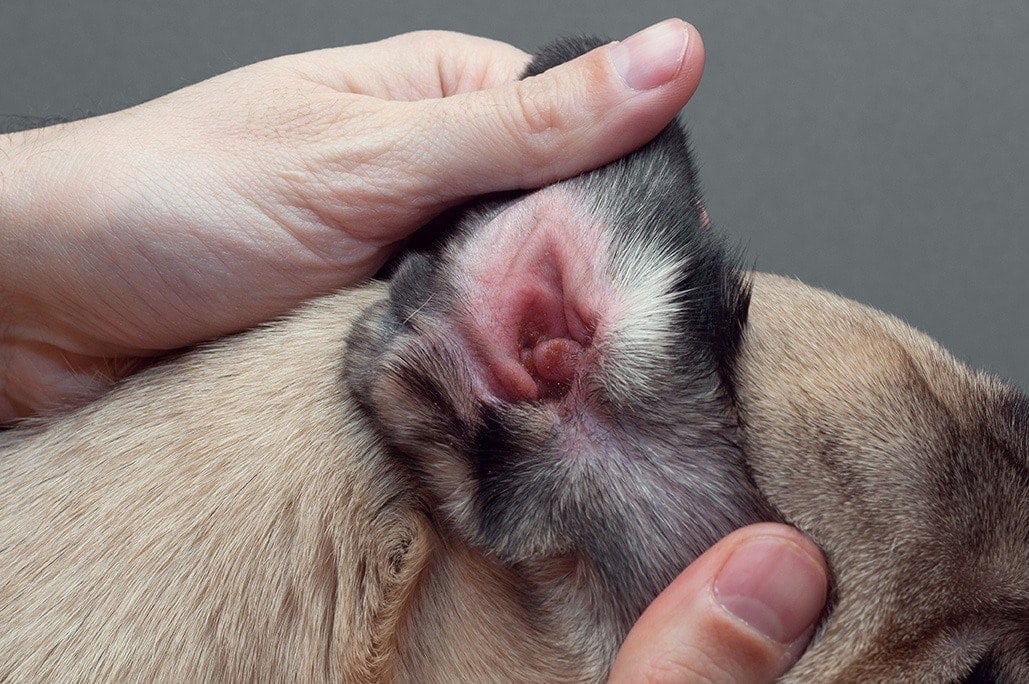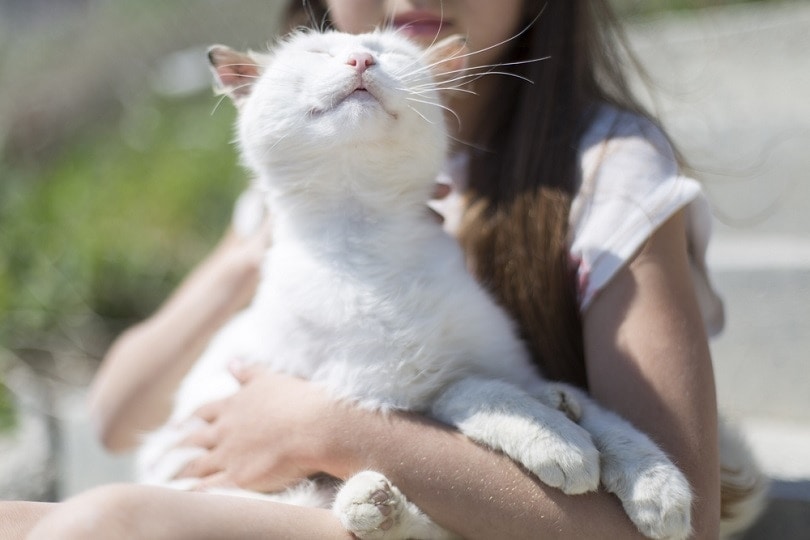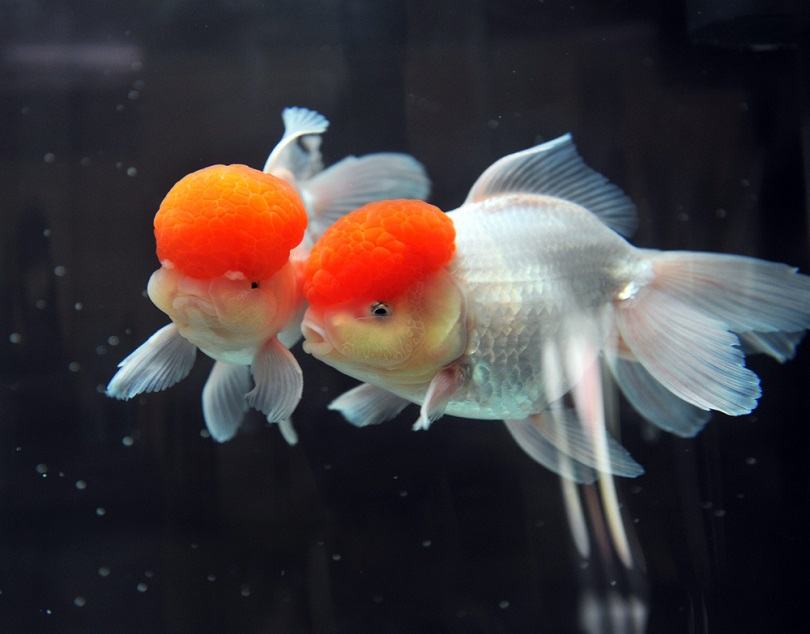Blue Brindle Pitbull: Facts, Origin & History (With Pictures)

Updated on
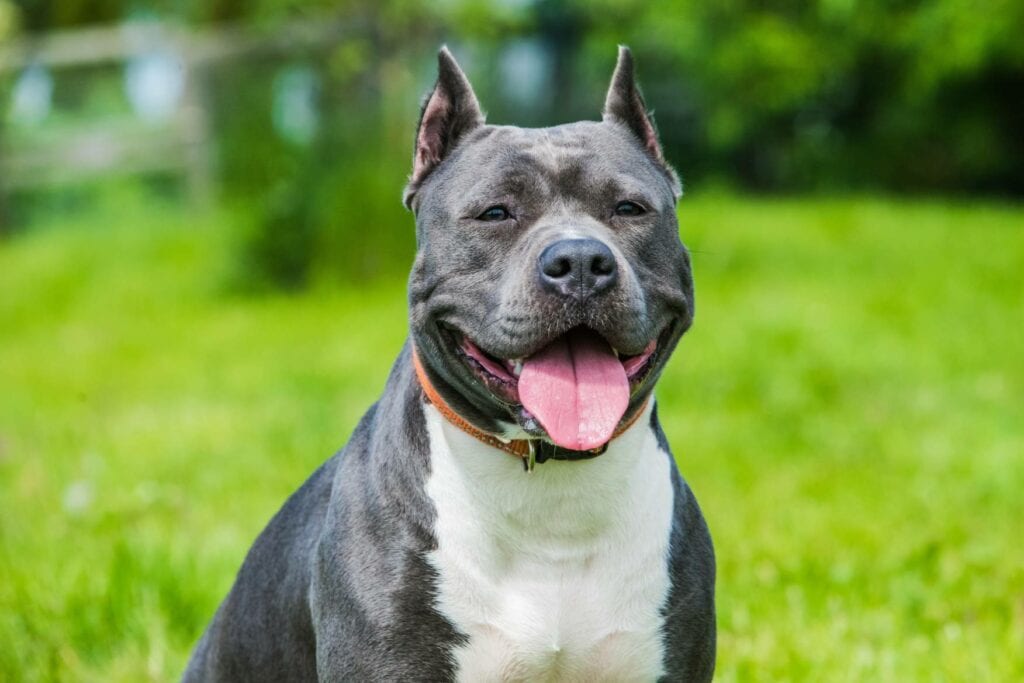
Pitbulls have an unfair stigma attached to their name despite being among America’s most popular dogs to own. These dogs have loving temperaments when properly cared for and socialized early, but they have a bad rap due to being used as fighting dogs that teach aggression.
Pitbulls come in various colors, and in this article, we’ll focus on the Blue Brindle Pitbull. Brindle is not a color but rather a beautiful pattern, and the blue color is really more of an interesting shade of gray—even their noses are gray! Let’s explore the Blue Brindle in more detail.
| Height: | 17–19 inches |
| Weight: | 40–70 pounds |
| Lifespan: | 12–16 years |
| Colors: | Blue, silver, gray |
| Suitable for: | Active families, knowledgeable dog trainers, those looking for a single dog in the household |
| Temperament: | Loyal, loving, intelligent, easy to train, affectionate, good-natured |
Pitbulls are not a breed outright but rather classified as “Bully” breeds that may be a mix of the Bull Terrier, the American Staffordshire Terrier, or the Staffordshire Bull Terrier. The Blue Brindle Pitbull usually comes in the form of the American Staffordshire Terrier, and they have sweet temperaments when properly trained. They typically have a blue stripe pattern with light-colored eyes that are striking against the blue coat.
Blue Brindle Pitbull Characteristics
The Earliest Records of the Blue Brindle Pitbull in History
Pitbulls originated in England around the early 1800s, and their ancestors include the Old English Bulldog. Pitbulls from that time period were bred specifically for “bullbaiting,” a rather cruel sport that became popular in the British Isles. Bull baiting entailed sending one to two bulldogs to harass a cow for hours until it collapsed from fatigue and/or injuries. The sport was invented as a form of entertainment to ease hardship and tensions at the time. Thankfully the British Parliament enacted the Cruelty to Animals Act in 1895.
However, with the suspension of bullbaiting came a practice called “ratting,” in which these dogs were placed in a pit with rats with the goal of seeing how many rats a single dog could kill in the least amount of time—this is where the word “pit” came into play.
As for the Blue Brindle Pitbull, it’s believed the brindle pattern, also known as a tiger-striped pattern, was first seen in the 19th century and was a result of breeding a fawn pit bull and a brown dog. Over time, other brindle colors became popular, such as the blue brindle, red brindle, blue-fawn brindle, and others.
How the Blue Brindle Pitbull Gained Popularity
Pitbulls, in general, gained popularity when they were first bred in the 19th century as baiting dogs. In fact, many notable figures have owned Pitbulls, including Helen Keller, Fred Astaire, Laura Ingles Wilder, Humphrey Bogart, Theodore Roosevelt, and Thomas Edison. These dogs came over from England to America with their owners, who adored their dogs.
In America, despite their reputation of being baiting or fighting dogs, they became popular due to their intelligence and affectionate nature toward their humans. Pitbulls even became the national mascot for America during WWI and WWII. Many Pitbulls from the 20th century were dubbed as American heroes. Sergeant Stubby was a bull terrier that served his country proudly during WWI and is still regarded as the most decorated dog of WWI.
Sadly, Pitbulls are either loved or feared by the general public. These dogs have a loving nature and are loyal and intelligent, but their name will always be attached to dangerous fighting dogs. Dog fighting was banned in the United States in 1976, but unfortunately, underground dog-fighting rings still exist today.

Formal Recognition of the Blue Brindle Pitbull
The Blue Brindle Pitbull is not considered a purebred dog. The term “Pitbull” is an umbrella term used to describe dogs that are considered Bully-type dogs. The American Kennel Association (AKC) does not recognize the Pitbull; however, other dogs play a hand in the breeding of Pitbull-type dogs that are recognized, such as the American Staffordshire Terrier, Bull Terrier, and the Staffordshire Bull Terrier.
However, one can find clubs related to the American Pit Bull Terrier, such as the American Dog Breeders Association and the United Kennel Club. There may be associations and clubs in your area that recognize Pitbulls and give them the positive recognition they deserve.
 Top 4 Unique Facts About the Blue Brindle Pit Bull
Top 4 Unique Facts About the Blue Brindle Pit Bull
1. The Blue Brindle Pit Bull Is Rare
To get the blue brindle color pattern requires the predominant black gene (B) mixed with the brindle gene (Kbr) and the dilute gene (d). The unique coloring is due to the perfect blend of specific genes, which is relatively rare.
2. They Have Blue Noses
The Blue Brindle Pitbull and the Blue Nose Pitbull both have blue noses. Usually, when you think of a dog nose, you think of brown or black (mostly black), but these dogs have that grayish nose that adds to their beauty.
3. Pitbulls do not have “locking jaws.”
Contrary to belief, a Pitbull’s jaws do not “lock” when they chomp down on something. Their jaws and teeth function like any other Pitbull-type dog jaws and teeth.
4. Many People Did Not Breed Them for Fighting
Despite these dogs being known as fighting dogs, much of the population in England bred them to help out on farms and be family dogs. Pitbulls have been abused since their existence, meaning they were taught to be aggressive and participate in “blood sports.” Any dog will be aggressive if taught, and the Pitbull’s history will always label them as such.
 Does the Blue Brindle Pitbull Make a Good Pet?
Does the Blue Brindle Pitbull Make a Good Pet?
Whether it’s a Blue Brindle or another color, Pitbulls absolutely make good pets. Like any dog, they need early socialization and proper training. They are loyal, intelligent, and affectionate with their owners. They do need lots of exercise and get into mischief if not exercised enough. They love spending time with their owners and do well with children; however, due to their muscular physique, supervision is recommended.
 Conclusion
Conclusion
Pitbulls come in a variety of colors, and they are all intelligent and loyal dogs that make excellent companions with the proper training and early socialization. You may encounter a few problems with being a Pitbull owner, as some cities and states ban them entirely. If you are considering adding a Blue Brindle Pitbull to your tribe, it is wise to check your local laws regarding owning a Pitbull.
- Also see: Best Dog Shampoos – Reviews & Top Picks
Featured Photo Credit: Zanna Pesnina, Shutterstock

 Top 4 Unique Facts About the Blue Brindle Pit Bull
Top 4 Unique Facts About the Blue Brindle Pit Bull
